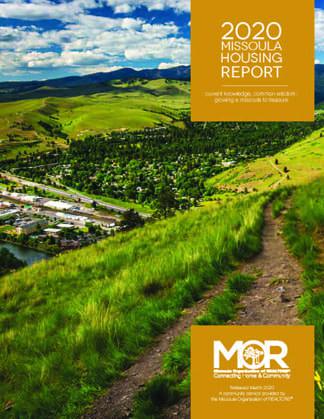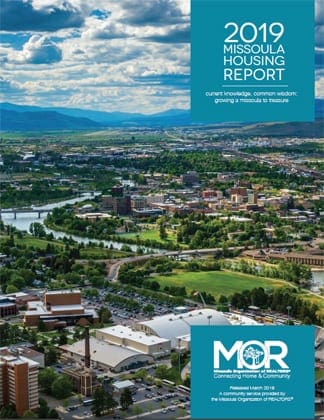 Today, we were informed that we have been recognized with the Berkshire Hathaway Chairman’s Circle Gold award for 2020. This recognition is given to agents who rank in the top 2% of agents in the entire Berkshire Hathaway network across the nation. We are truly blessed and incredibly thankful.
Today, we were informed that we have been recognized with the Berkshire Hathaway Chairman’s Circle Gold award for 2020. This recognition is given to agents who rank in the top 2% of agents in the entire Berkshire Hathaway network across the nation. We are truly blessed and incredibly thankful.
Sold Properties (32)
| Address | Type | Sold Date | Represented |
|---|---|---|---|
| 2738 Juneau Ct Missoula, MT | Single-family Home | 12/1/2020 | Buyer |
| 310 B Inez St Missoula, MT | Townhome | 11/19/2020 | Buyer |
| 4834 Scott Allen Dr Missoula, MT | Single-family Home | 11/5/2020 | Buyer |
| 5803 Skyview Dr Missoula, MT | Single-family Home | 10/23/2020 | Buyer |
| 408 North Ave E Missoula, MT | Single-family Home | 10/15/2020 | Buyer |
| 213 Pine Ridge Rd Florence, MT | Single-family Home | 10/14/2020 | Seller |
| NHN Capper Ln Superior, MT | Land | 9/23/2020 | Seller |
| 7068 Jenaya Ct Missoula, MT | Single-family Home | 8/28/2020 | Buyer |
| 1811 Dixon Ave Missoula, MT | Single-family Home | 8/28/2020 | Seller |
| 564 Cielo Vista Hamilton, MT | Single-family Home | 8/14/2020 | Seller |
| 6075 Marias St Missoula, MT | Single-family Home | 8/12/2020 | Buyer |
| 601 N 4th St Hamilton, MT | Single-family Home | 8/5/2020 | Seller |
| 3717 Creekwood Rd Missoula, MT | Single-family Home | 7/23/2020 | Seller |
| 1004 Willow Creek Rd Corvallis, MT | Single-family Home | 7/22/2020 | Seller |
| 1800 34th St Missoula, MT | Single-family Home | 7/15/2020 | Seller |
| 4100 Mullan Rd, #407 Missoula, MT | Condominium | 7/7/2020 | Buyer |
| 6255 Marias St Missoula, MT | Single-family Home | 6/26/2020 | Buyer |
| 2273 S 13th St W Missoula, MT | Single-family Home | 6/1/2020 | Seller |
| 4664 Monticello Pl Missoula, MT | Single-family Home | 5/29/2020 | Seller |
| 255 Hunter Ridge Trl Alberton, MT | Single-family Home | 5/15/2020 | Seller |
| 2116 North Ave W Missoula, MT | Single-family Home | 5/11/2020 | Seller |
| 9400 Mormon Creek Rd Lolo, MT | Single-family Home | 5/7/2020 | Buyer |
| 4052 Kaleigh Ct Missoula, MT | Single-family Home | 4/23/2020 | Buyer |
| 2505 Schilling St Missoula, MT | Single-family Home | 4/13/2020 | Seller |
| 1023 Runyon Dr Alberton, MT | Manufactured Home | 4/10/2020 | Buyer |
| 503 W Artemos Dr Missoula, MT | Single-family Home | 4/10/2020 | Buyer |
| 2409 Duncan Dr Missoula, MT | Single-family Home | 3/27/2020 | Seller |
| 5449 Filly Ln Missoula, MT | Single-family Home | 3/25/2020 | Buyer |
| 4924 Potter Park Lp, #A Missoula, MT | Townhome | 3/2/2020 | Seller |
| 4010 Fox Farm Rd Missoula, MT | Single-family Home | 2/18/2020 | Seller |
| 2292 Mcdowell Dr Missoula, MT | Single-family Home | 1/31/2020 | Buyer |
| 604 Blaine St Missoula, MT | Single-family Home | 1/9/2020 | Seller |



